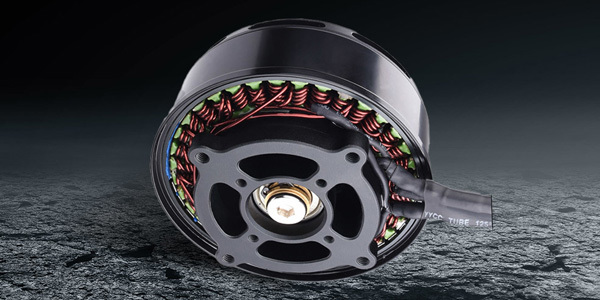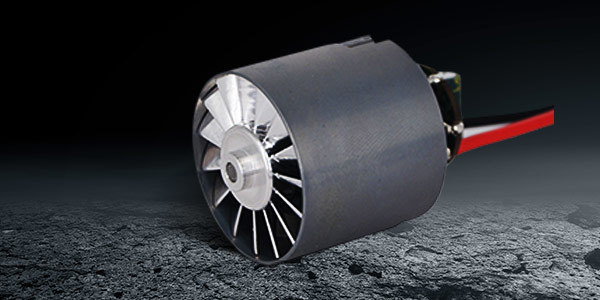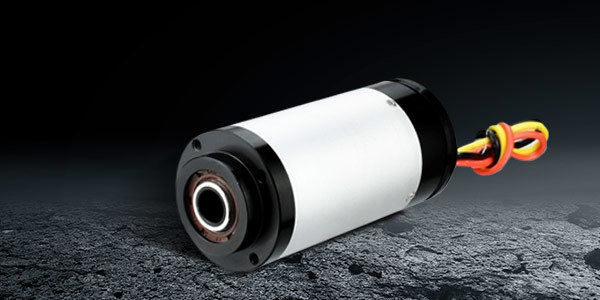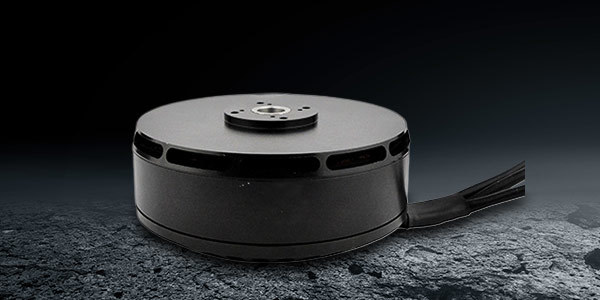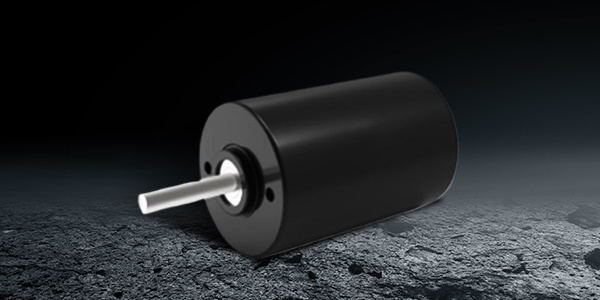Jul 20,2025
Unlocking the Potential of Sensorless Motor Controllers in Electric Wiring and Cable Applications
Sensorless motor controllers have become increasingly relevant in the electrical and wiring industry, particularly when it comes to controlling electric motors without the need for traditional sensors. This innovative technology offers several key advantages, making it an appealing option for a wide range of applications. One of the primary benefits of sensorless motor controllers is their simplic
Sensorless motor controllers have become increasingly relevant in the electrical and wiring industry, particularly when it comes to controlling electric motors without the need for traditional sensors. This innovative technology offers several key advantages, making it an appealing option for a wide range of applications.
One of the primary benefits of sensorless motor controllers is their simplicity. By eliminating the need for physical sensors, these controllers reduce the complexity of motor systems. This not only simplifies the design process but also decreases installation time and costs. The lack of sensors also means fewer components to maintain or replace, resulting in lower overall maintenance requirements.
Furthermore, sensorless motor controllers utilize advanced algorithms to estimate motor parameters and performance. This capability allows for effective torque and speed control, ensuring that the motor operates efficiently across various conditions. This is particularly beneficial in applications where precision and reliability are crucial, such as in robotics, conveyors, and HVAC systems.
Another significant advantage is the enhanced durability of sensorless systems. Without the mechanical wear and potential failure points associated with sensors, these controllers can provide a longer lifespan and reduced downtime. This durability is vital for industries that rely on consistent performance and minimal interruptions to operations.
In addition, sensorless motor controllers are often more compact and lightweight than their sensor-based counterparts. This can be particularly advantageous in applications with space constraints. Their smaller footprint can lead to more efficient use of available space in machinery and equipment.
When considering the integration of sensorless motor controllers into your wiring and cable projects, it is essential to assess the specific needs of your application. Factors such as load requirements, operational environment, and desired performance characteristics should guide your selection process. Working with qualified engineers or consultants can help ensure that you choose the most suitable controller for your specific needs.
Moreover, as the industry continues to evolve, staying updated on the latest advancements in sensorless technology is crucial. With ongoing research and development, these controllers are likely to become even more sophisticated, offering enhanced features and improved efficiency.
In conclusion, sensorless motor controllers present an exciting opportunity for professionals in the electrical and wiring industry. Their simplicity, durability, and efficiency make them an attractive option for various applications. By understanding their benefits and operational principles, you can leverage this technology to enhance performance and reliability in your projects. As you explore the possibilities, remember to stay informed and consider the specific requirements of your applications to maximize the advantages that sensorless motor controllers can offer.
One of the primary benefits of sensorless motor controllers is their simplicity. By eliminating the need for physical sensors, these controllers reduce the complexity of motor systems. This not only simplifies the design process but also decreases installation time and costs. The lack of sensors also means fewer components to maintain or replace, resulting in lower overall maintenance requirements.
Furthermore, sensorless motor controllers utilize advanced algorithms to estimate motor parameters and performance. This capability allows for effective torque and speed control, ensuring that the motor operates efficiently across various conditions. This is particularly beneficial in applications where precision and reliability are crucial, such as in robotics, conveyors, and HVAC systems.
Another significant advantage is the enhanced durability of sensorless systems. Without the mechanical wear and potential failure points associated with sensors, these controllers can provide a longer lifespan and reduced downtime. This durability is vital for industries that rely on consistent performance and minimal interruptions to operations.
In addition, sensorless motor controllers are often more compact and lightweight than their sensor-based counterparts. This can be particularly advantageous in applications with space constraints. Their smaller footprint can lead to more efficient use of available space in machinery and equipment.
When considering the integration of sensorless motor controllers into your wiring and cable projects, it is essential to assess the specific needs of your application. Factors such as load requirements, operational environment, and desired performance characteristics should guide your selection process. Working with qualified engineers or consultants can help ensure that you choose the most suitable controller for your specific needs.
Moreover, as the industry continues to evolve, staying updated on the latest advancements in sensorless technology is crucial. With ongoing research and development, these controllers are likely to become even more sophisticated, offering enhanced features and improved efficiency.
In conclusion, sensorless motor controllers present an exciting opportunity for professionals in the electrical and wiring industry. Their simplicity, durability, and efficiency make them an attractive option for various applications. By understanding their benefits and operational principles, you can leverage this technology to enhance performance and reliability in your projects. As you explore the possibilities, remember to stay informed and consider the specific requirements of your applications to maximize the advantages that sensorless motor controllers can offer.
Previous: None
Next: Exploring the Mechanisms Behind Sensorless BLDC Motors: A Comprehensive Guide

